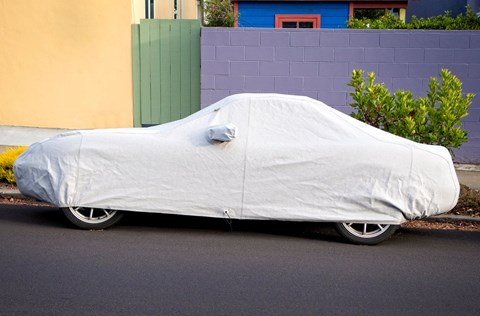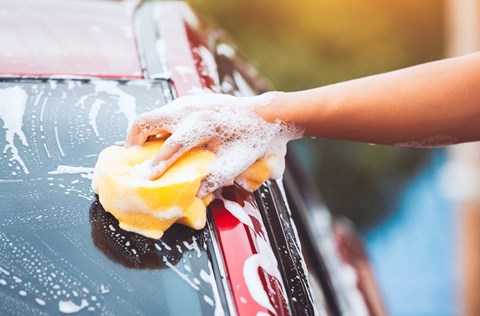► How to store your car properly
► And how to get it up and running again
► After Coronavirus
Storing a car properly can be the difference between easily getting it back on the road when you need to drive it again, or having to make costly repairs. It becomes more important when storing a car for long periods of time, as the elements can wither it not just aesthetically, but also in more inconspicuous ways.
From preventing rubber erosion on your car tyres, to more costly and worrying issues such as disintegrating brake pads and a dry engine, follow these steps to keep your car in its best condition.
Further reading: coronavirus and the car world
Before storage
- If you know you won’t be driving your car for a while, give it a thorough clean inside avoid horrible interior smells or exterior damage.
- Where possible keep it locked away in a cool, dry garage. Think showroom or collectors – their cars are never left sitting on the streets.
- For those without access to a garage, outdoor storage is possible but risky due to the weather. If you’ve got no other option, cover your car with a thick car cover made from natural, breathable materials and check on it from time to time to ensure the cover hasn’t been ripped.
- Avoid parking under trees as birds, sap and falling branches can do serious damage to your paint. If you plan on leaving your car standing for more than six months, we suggest finding a storage company that will house it.

- Give your car a general maintenance checkup before stowing it away. If leaving it for more than six months, change the oil, oil filter and engine coolant, and top up the fuel tank to leave as little air inside it as possible. Not doing so could lead to expensive repairs if air gets in and the tank rusts.
- Try and sit the car on level ground, and keep it in park (or in gear if it has a manual transmission). Leave the handbrake off.
- Ensure windows are closed and plug crevices like exhaust pipes and air intakes with rags to avoid turning your car into a burrow for insects or small furrier friends. Rats, possums and other pesky creatures would love to turn your car into a nest and eat plastics, so keep entry points covered where you can.
During storage
- Your vehicle should be regularly checked during storage to ensure it isn’t leaking. Also, check fluid levels and tyre pressures.
- Every two weeks, organise to have the car started and let the engine warm up. It’s advisable to drive your car for 15 minutes, but if that’s not possible, while the engine is running, press on the brake pedal and turn the steering wheel. This will help keep the car’s organs lubricated and keep the battery healthy and charged.
- If you’re unable to do the above, you might want to consider putting it into paid storage that also offers driving services for you. Alternatively, disconnect the negative battery cable, but make sure you know what you’re doing or have a professional do it for you.

Before driving your car again
- First, pop the bonnet to check for evidence of pesky rodents. You’ll be looking for teeth marks on wires, belts, cables, etc;
- Once again, it’s important to check fluid levels. If they need topping up, or you’ve passed a service date, do so.
- If the car has sat in one spot for a long time, the tyre pressures will have dropped and the tyres may have flat-spotted. Check these are at the right pressure before you start driving.
- If you haven’t driven your car regularly for more than a year, it might be a good idea to crank the engine over manually, or with the spark plugs disconnected, to make sure the cylinders are well lubricated before it starts up for the first time.
- Before taking to the road, check the brakes work correctly.
- Book your car in for a service. It’s a good idea to have it looked over by a professional, even if you’ve done all of the above steps.
- Finally, give it a wash. This will ensure your car hasn’t collected anything that could damage the paint, but it’ll also have you feeling like you’re driving a brand-new car again.
This article originally appeared on whichcar.com.au